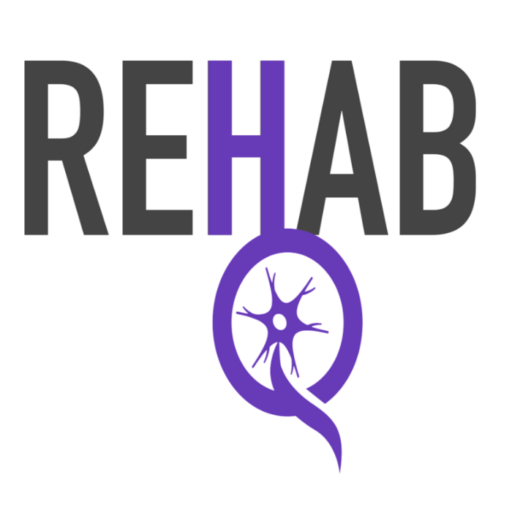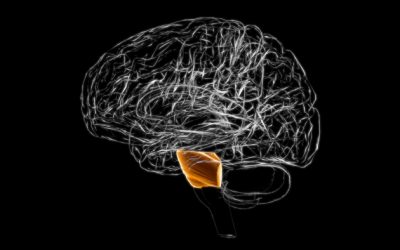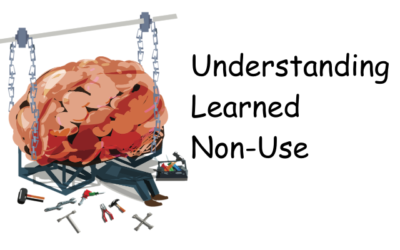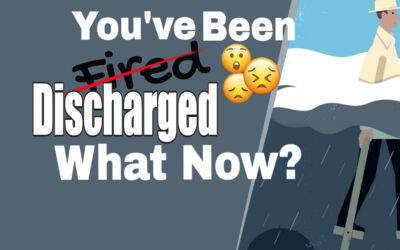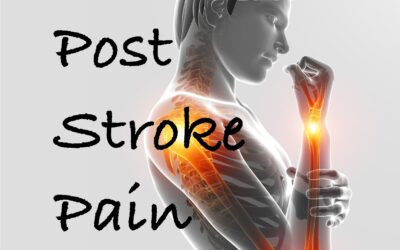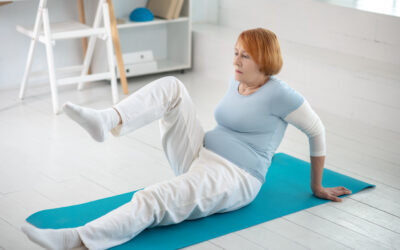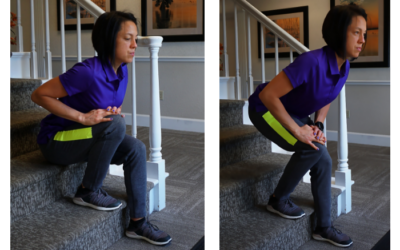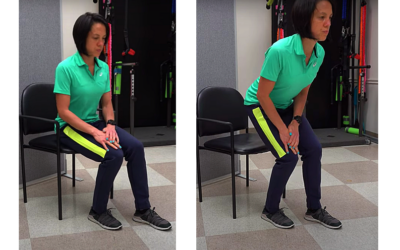What is Knee Hyperextension after a Stroke?
Knee hyperextension is a common problem after a stroke. Knee hyperextension is when the knee goes beyond a straight position. Yeah, not exactly natural looking or feeling. ?
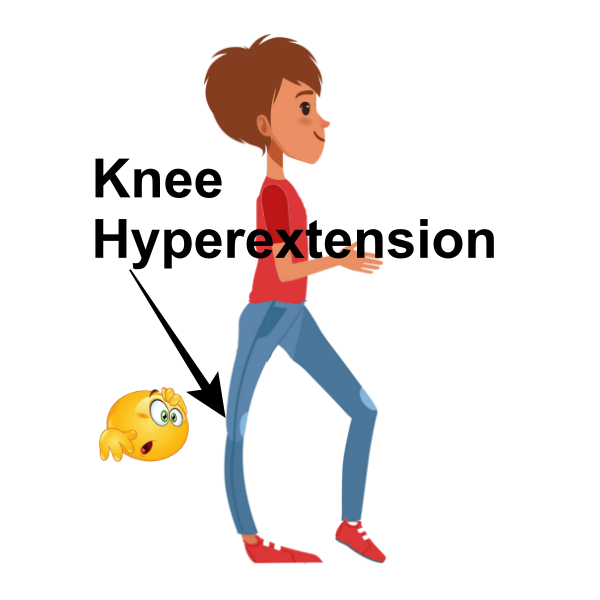
Knee hyperextension (recurvatum) usually happens in the involved leg. It is the most obvious when full body weight is placed on the leg (stance phase). For instance, when swinging the uninvolved leg during walking.
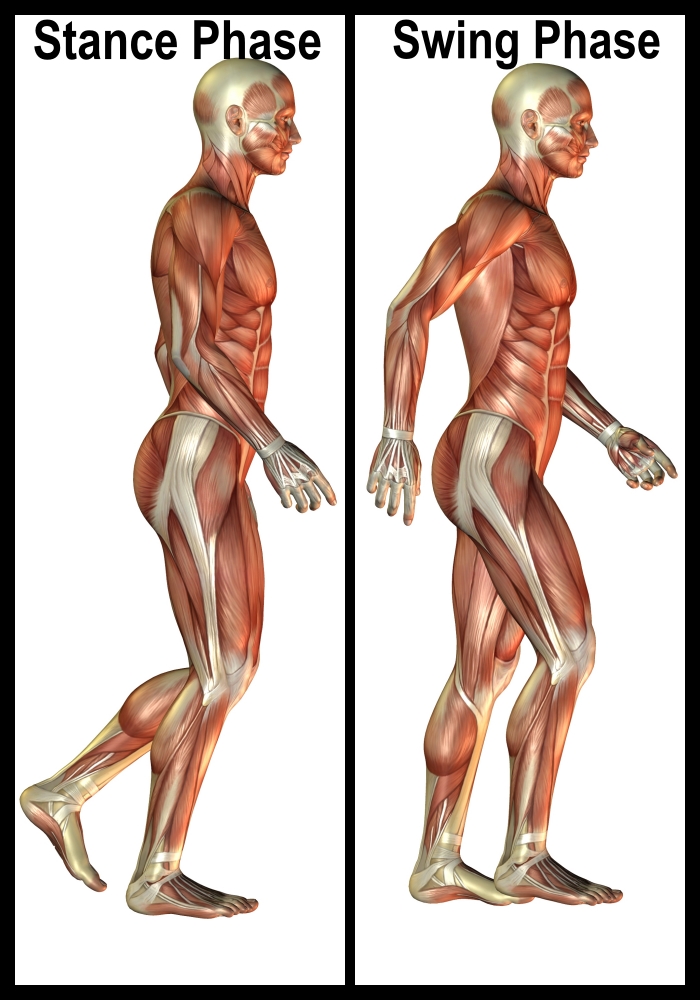 .
.
This can create hip pain, back pain, and of course knee pain. When the knee extends unnaturally during stance, it can also make it impossible to bend the knee to swing the leg through (swing phase). This might cause you to swing your leg out to the side to clear the ground.
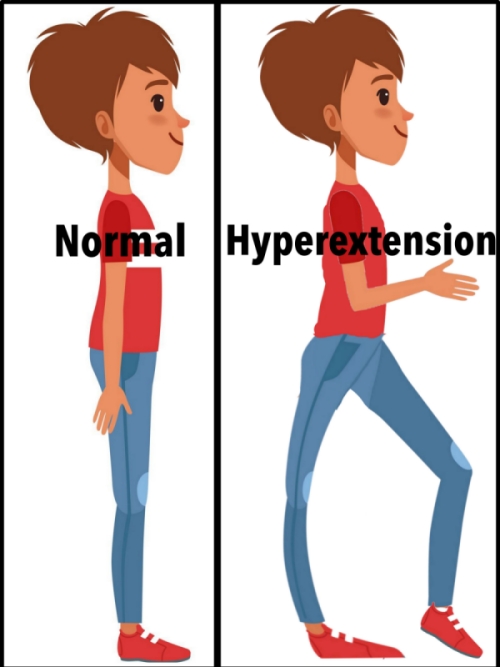
What causes knee hyperextension after a stroke?
Knee hyperextension is caused by poor control in the muscles around the knee. This can happen due to under-active hamstring muscles (muscles that bend the knee) or overactive quadriceps muscles (muscles that straighten the knee).
What are the best exercises to help decrease knee hyperextension after a stroke?
So, the focus of the exercises is two-fold. One is to relearn how to bend the knee by teaching the brain how to “turn off” the overactive quadriceps. The second part of the exercise focus is to retrain the muscles that bend the knee.
The final part of the training will be relearning how to stand. The focus of standing will include learning how to engage the quadriceps enough to support your body weight, without going into hyperextension.
If you have made it this far, I am sure you really want to know “the how”. So let’s get right to it…..
How to strengthen weak muscles around the knee to stop knee hyperextension after a stroke?
As I stated, part of preventing knee hyperextension is to retrain the muscles that bend the knee. Heel slides are an excellent activity for this. To perform a heel slide, you want to lay on your back. Next, try and bend the knee by pressing your heel down into the mat (or whatever surface you are on 🙂 )
Heel slides:
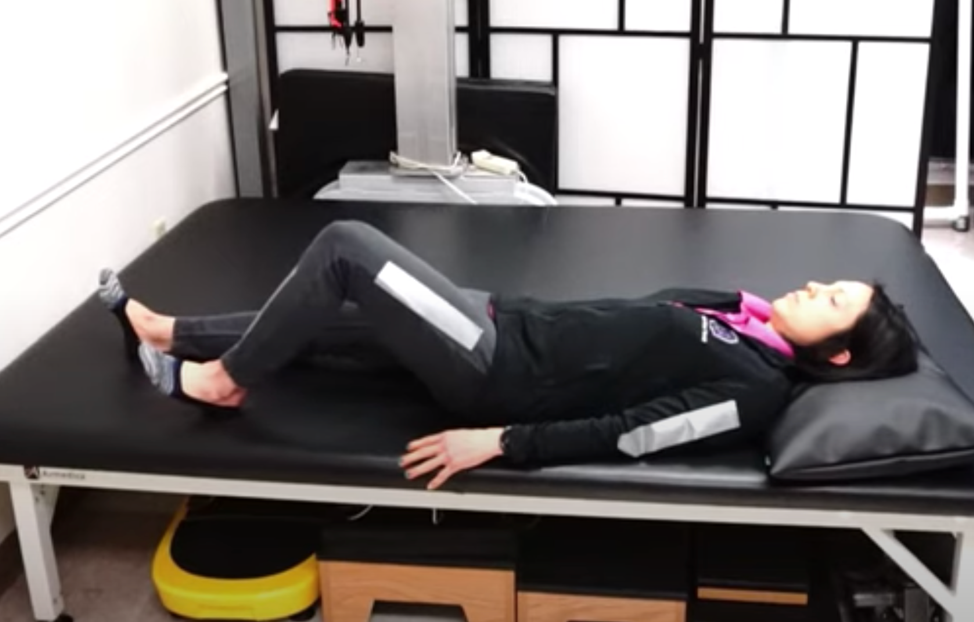
Modified Heel Slide:
If you are unable to bend your knee with it flat on the bed/mat, here is a modification.
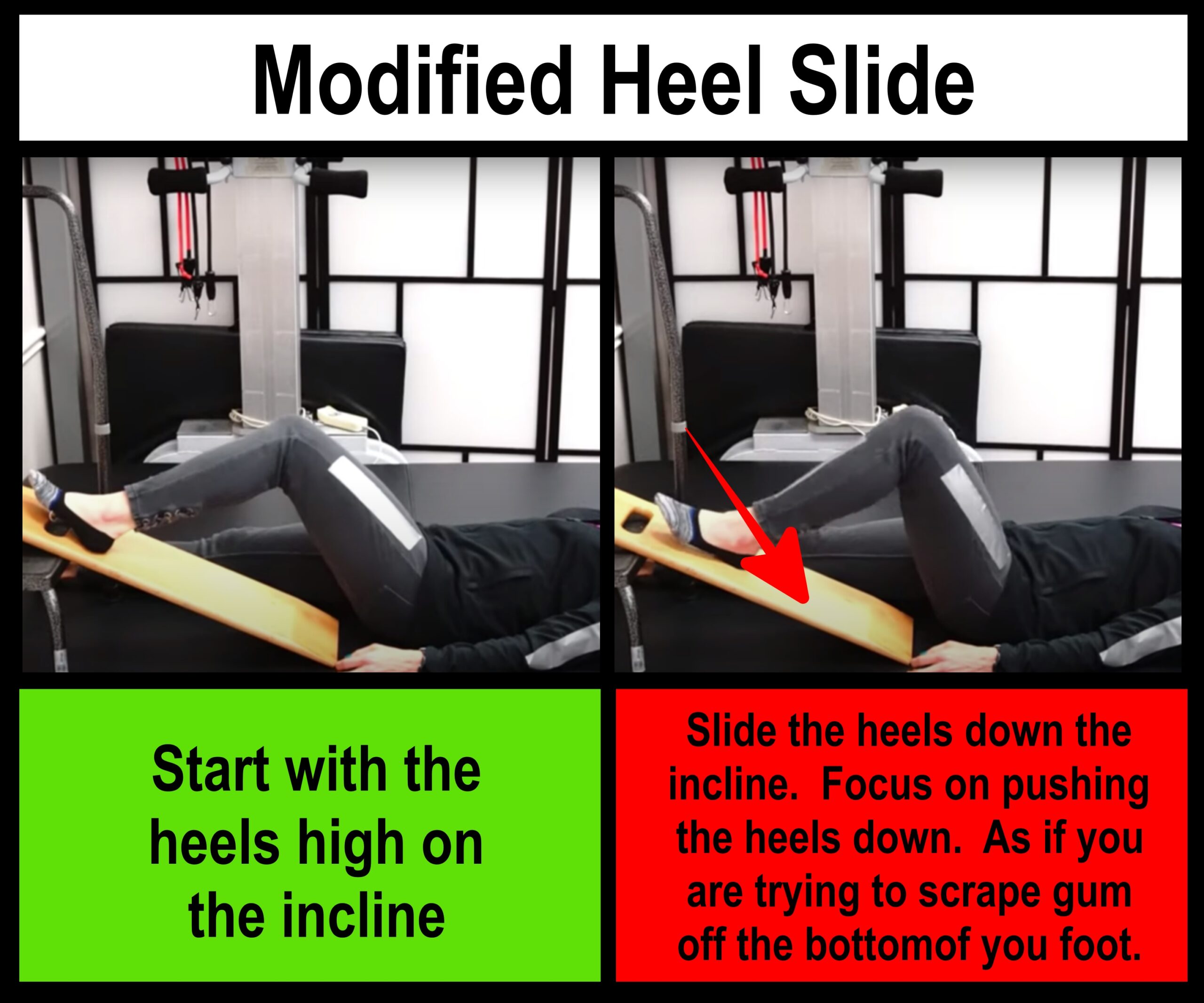
Standing:
Next you want to try and straighten the leg in standing without hyperextension. Now, this might take a TON of practice so be patient. The main thing to focus on is maintaining a “crouched” position with both knees bent.
Step one
Shift your body weight to the involved leg
Step two
Try and step the uninvolved leg forward while maintaining a slight bend in the involved knee.
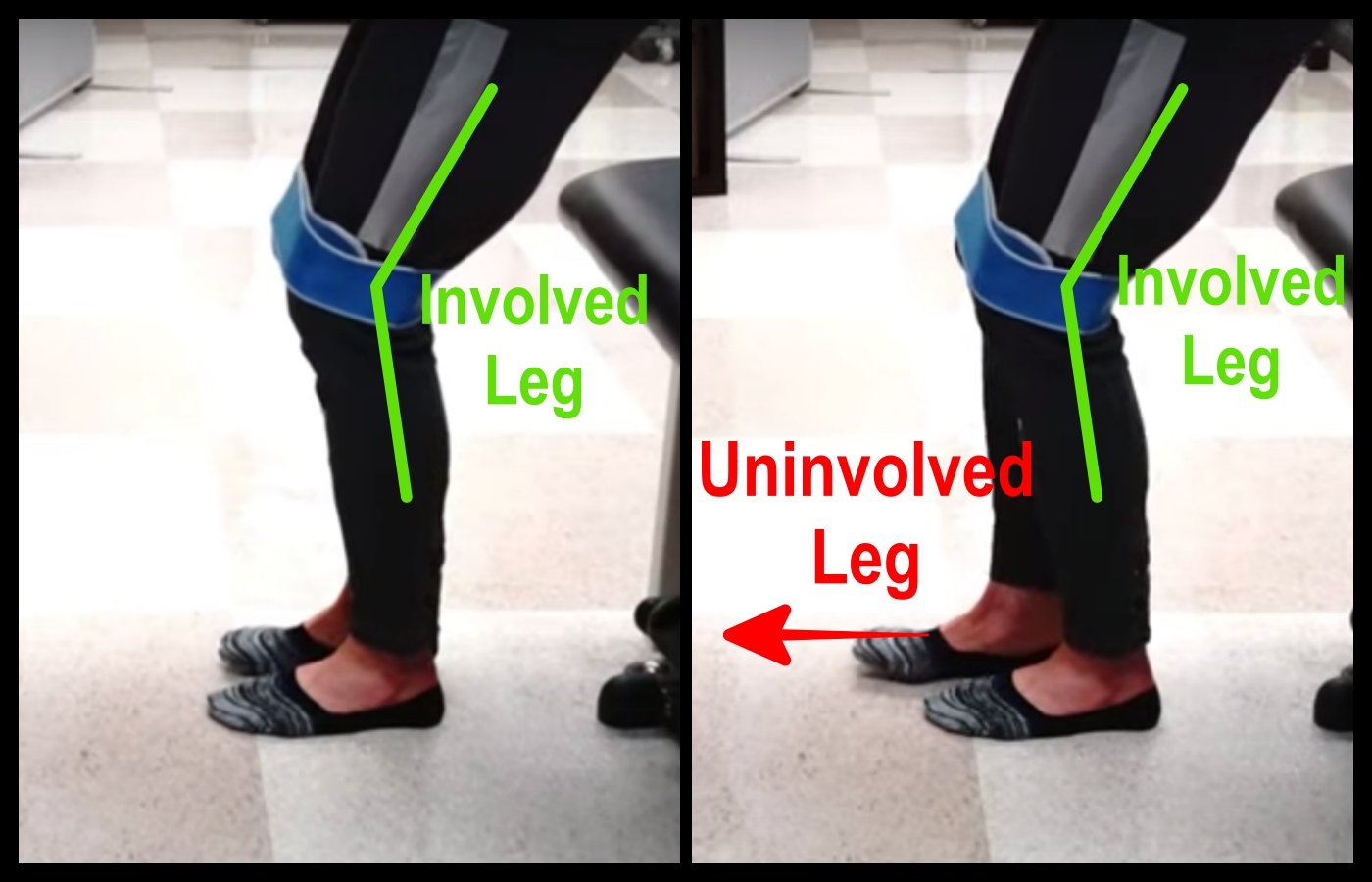
Other articles you may be interested in:
Pontine Stroke: Everything you need to know
https://youtu.be/bynfAyJNM_8 A Pontine Stroke is commonly referred to as a pontine CVA or pontine cerebrovascular accident. It is an ischemic stroke that affects a region in the brain stem known as the pons. Not sure why this is important? The pons communicates...
Understanding Learned Non-Use
https://youtu.be/iLo0j4aC44I Do you feel like you have plateaued? What I mean is, has your arm and leg movement recovery slowed to a crawl? Or maybe progress has stopped altogether? The common belief is that someone loses the ability to move because that part...
Post Hospitalization Fatigue: What causes it and how to do fix it?
Do you ever feel so tired, you don't even want to get out of bed? If so, you wouldn't be alone. There is a really good reason for this. Fatigue is an extremely common problem after a hospitalization. And sometimes, it has nothing to do with the reason you were...
Discharged from therapy. What now?
So, you have been discharged from therapy. So, what now? For some, this is a positive step in the rehab process. Some will understand right away that this is progress. On the other hand, for others it can bring up all kinds of negative emotions. "Is my therapist mad...
Hemineglect after a stroke: When half the world is missing
hemineglect is a condition where someone loses the ability to attend to, sense, and/or perceive information on one side. This condition is also referred to as unilateral neglect, spatial neglect, and/or hemispatial neglect. Several neurologic condition can cause this...
Post Stroke Pain: Diagnosis and Treatment
Pain is a common symptom after a stroke. Unfortunately, pain can be a significant barrier to regaining function. In some cases, there is an identifiable cause related to a movement or a structural problem. The rehab team can identify this, prescribe the...
Tips for effective physical therapy at home after a stroke
An effective physical therapy program at home after a stroke is the most critical component for a successful recovery. I dare say MORE important than face to face time with your therapists. As someone who earns a living by treating patients (in person), this is a...
Regain Normal Walking After a Stroke: Advanced
A common goal after a stroke or a brain injury is to regain "normal walking". However, this goal is not limited to just those who have suffered a stroke. I dare say it is the number one goal of almost everyone who has suffered an injury to their neurologic system. ...
Stand and Walk After a Stroke: Intermediate Progression
Many want to stand and walk after a stroke. Of course, this is critical in giving someone more independence. However, standing and walking is also important to prevent deconditioning, maintain joint health, and prevent postural abnormalities associated with prolonged...
Caregiver Training: Helping someone stand
Standing is one of the most critical skills to relearn after any type of neurologic injury. Standing helps with digestion, bone health, and joint health. It can also reduce spasticity, and facilitate motor recovery. The caregiver role is almost more important than...
